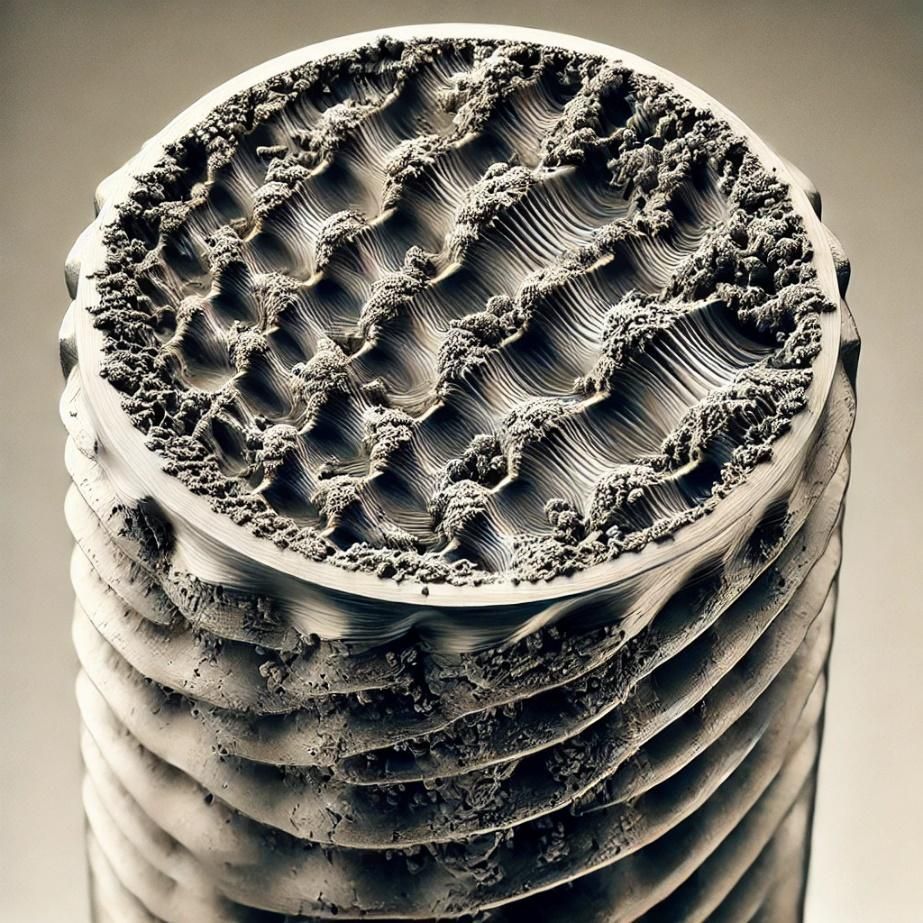STRESS RELIEF TREATMENTS
Stress relief treatments, also known as relaxation treatments, are thermal processes applied to metallic materials to reduce internal stresses caused by mechanical working, welding, or uneven cooling.
If not eliminated, these stresses can cause deformation, cracking, or premature failure of mechanical components. Stress relief treatment is essential for improving the dimensional stability and durability of the material.
Principles of Stress Relief
The stress relief process involves heating the material to a temperature below its recrystallization point, holding it at that temperature for a specified period, and then cooling it in a controlled manner.
This process allows the material to relax, reducing internal stresses without significantly altering its microstructure.
Stages of the Stress Relief Process
- Heating: The material is slowly heated to the stress relief temperature, generally between 400°C and 650°C for steels.
- Holding: The temperature is maintained for a period ranging from 1 to 3 hours, depending on the thickness and type of material.
- Cooling: The material is cooled in a controlled manner, often in a furnace, to prevent the reintroduction of stresses.
Types of Stress Relief Treatments
Thermal Stress Relief
- Application: Mainly used for steel components and aluminum alloys.
- Advantages: Reduces internal stresses without significantly altering mechanical properties.
Mechanical Stress Relief
- Application: Used for brittle materials or large components that cannot be heated.
- Advantages: Relieves internal stresses through controlled plastic deformation.
Tables and Charts
Table 1: Typical Parameters for Thermal Stress Relief Treatment by Material
| Material | Stress Relief Temperature (°C) | Holding Time (hours) | Advantages |
|---|---|---|---|
| Carbon Steel | 500 - 650 | 1 - 2 | Reduction of Internal Stresses |
| Stainless Steel | 400 - 600 | 1 - 2 | Dimensional Stability |
| Aluminum Alloys | 300 - 400 | 1 - 3 | Improved Ductility |
Chart 1: Effect of Holding Time on the Reduction of Internal Stresses
Image 1:
Component Undergoing Thermal Stress Relief Treatment













